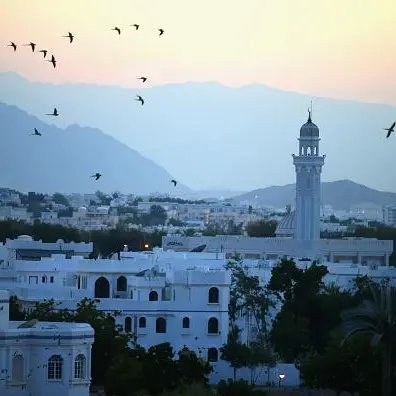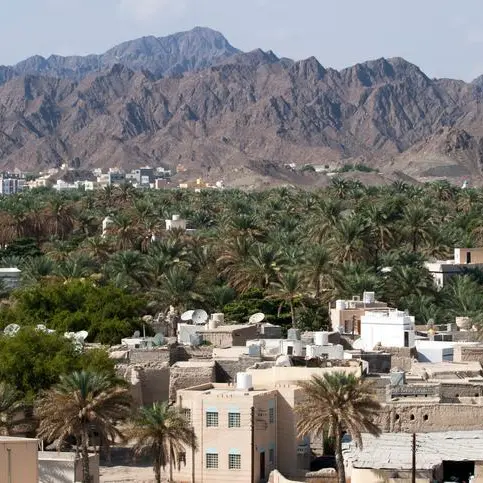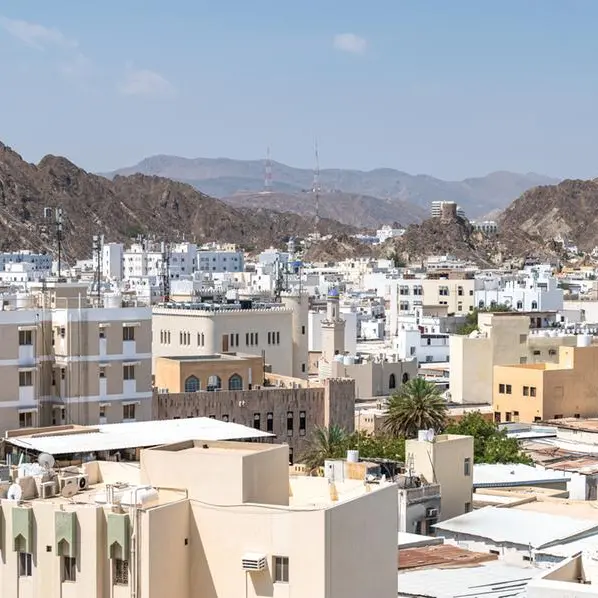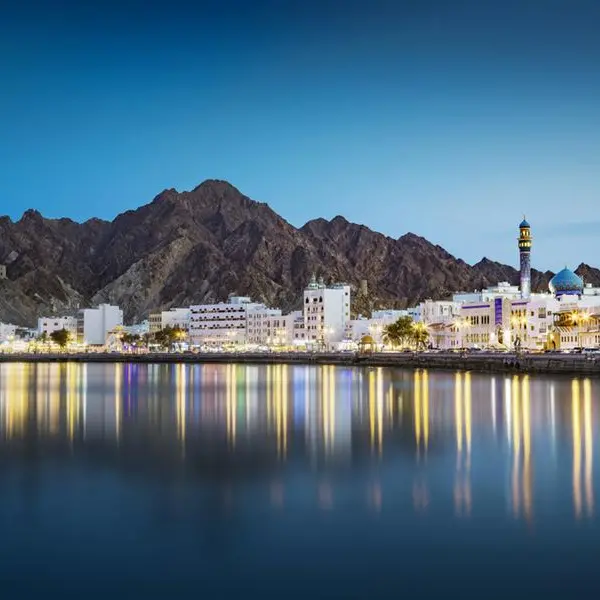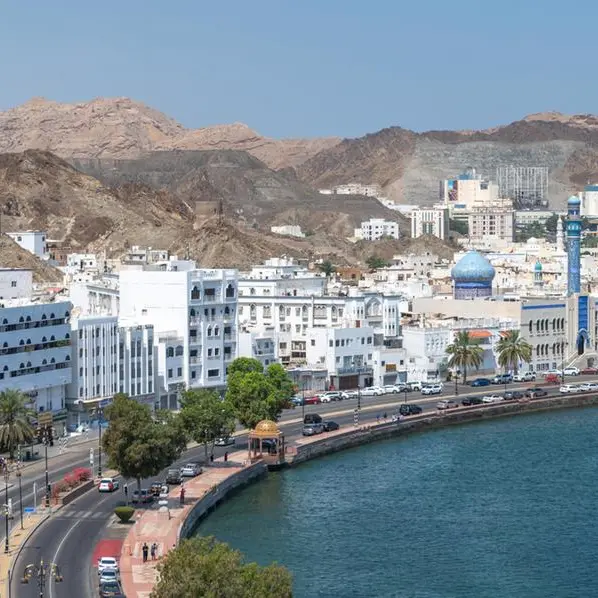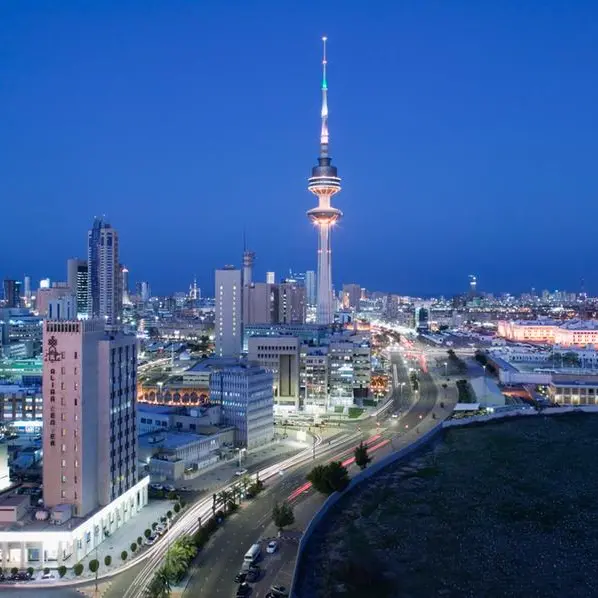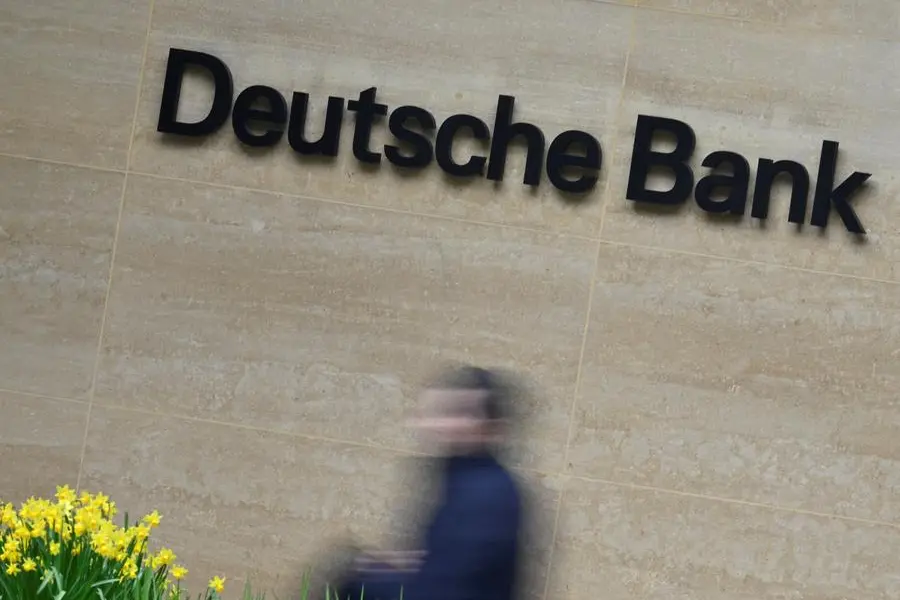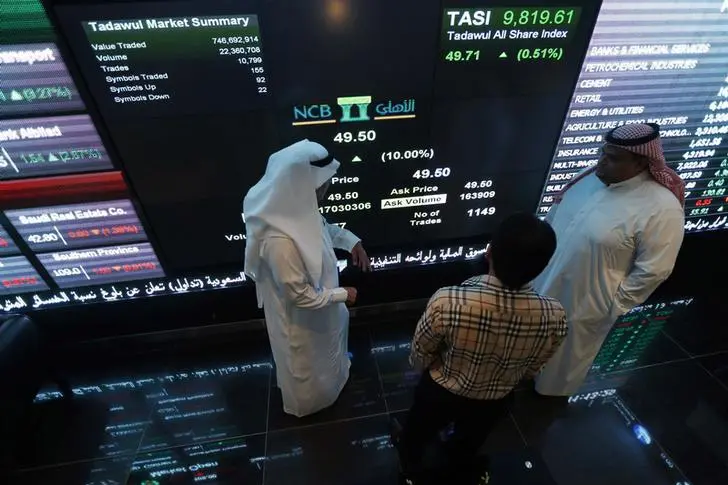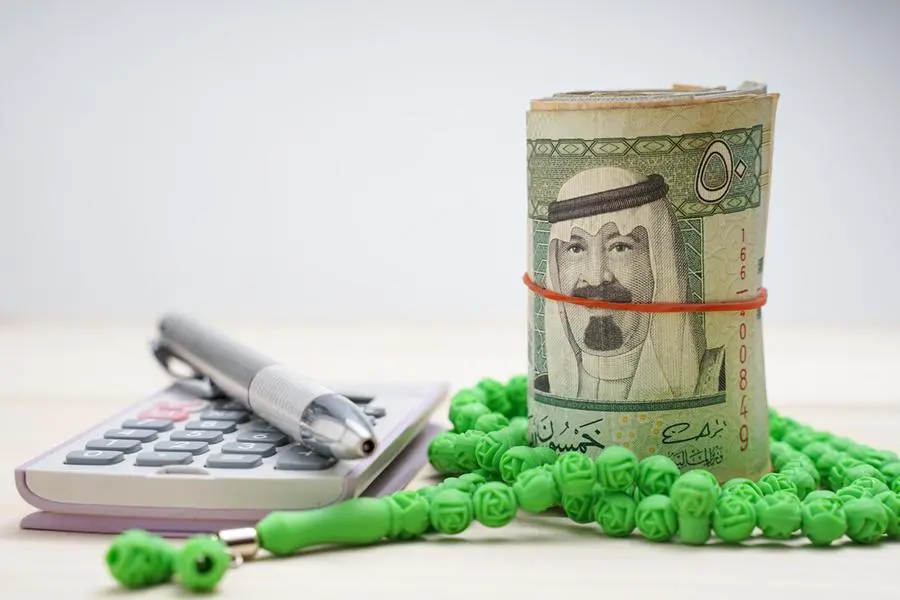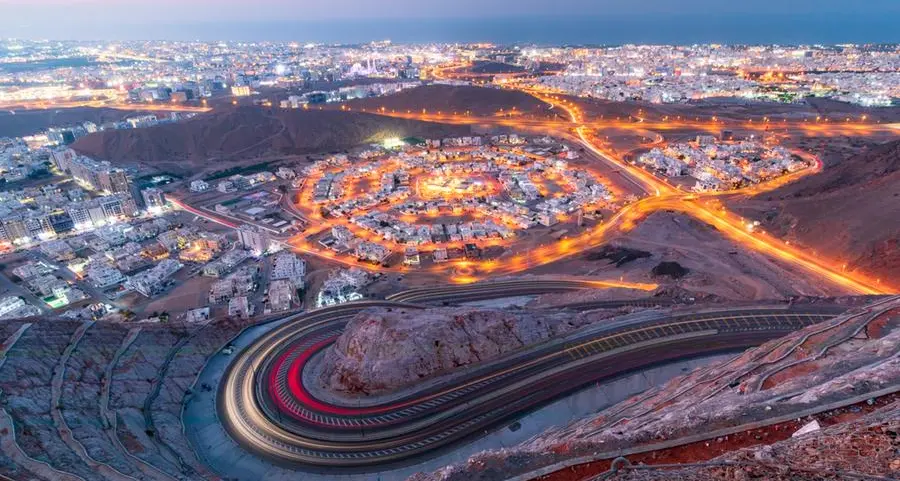PHOTO
Sultanate of Oman local currency. Image used for illustrative purpose. Getty Images
Oman’s actual budget deficit by the end of 2021 was OMR1.223 billion ($3.18 billion), a 45.4% decline compared to the estimated deficit of OMR2.240 billion as a result of the improvement in oil prices and the rise in oil revenue.
Public revenue registered an increase by 29.6% reaching OMR11.195 billion at the end of 2021 compared to the approved budget of OMR8.640 billion. The rise is attributed to the improvement of oil prices in international markets, an Oman News Agency report said.
Actual public spending by the end of 2021 went up by 14.1% to reach OMR12.418 billion compared to the estimates of the approved public spending of OMR10.880 billion. This rise is attributed to an increase in investment expenditure by 32.6%, contributions and other expenses by 9% and the current expenditure of government units by 4.2%.
This came during the press conference organised by the Ministry of Finance to highlight the main financial indicators for Oman in 2021 and the financial performance of this year till May 2022.
Economic stimulus plan
Sultan Salim Al Habsi, Minister of Finance, stressed in his statement that the government was able, through a set of measures, most notably the implementation of the economic stimulus plan and social protection initiatives, to implement a series of measures that enhance economic performance and contribute to reducing the repercussion on the private sector and protect segments of society from direct effects of financial measures.
Those measures include supporting the business and investment environment, revising government fees, backing the labour market and employment, as well as incentives offered by the Central Bank of Oman (CBO) to support small and medium enterprises (SMEs).
Al Habsi added that the credit rating agencies have modified the future outlook for Oman to “stable and positive”, as the rate of public debt to the GDP decreased by the end of 2021 by 62.9%. Efforts continue to be exerted to reduce the state’s public debt, and OMR2.9 billion of loan installments were paid by the end of May 2022. Financial surpluses are still directed towards improving the financial position and indicators of Oman by the end of 2022.
Energy Development Oman
He pointed out that operations of the Energy Development Oman (EDO) began in August 2021. This comes in the framework of the government’s approaches towards enhancing the value of sustainability coupled with production and its impact on economic growth and attracting investment, especially in the renewable energy sector.
EDO will take over the management of concession area No. (6). EDO established a specialised company for green hydrogen, named “Hydrogen Development Oman” to contribute to the public treasury in line with Oman’s efforts to reduce dependence on oil.
As far as supporting and protecting the society is concerned, the list of goods and services subject to zeOMRtax has been expanded to nearly 500 goods, and the government pays the cost of fuel subsidy after fixing the prices of petrol. In addition, wheat prices are also subsidised, Al Habsi said.
Reducing public debt
The Minister of Finance reiterated that the government is determined to direct the financial surpluses towards reducing the level of the state's public debt without violating the plan set for social aspects and promoting economic recovery by augmenting the volume of spending on priority development projects.
Abdullah Salim Al Harthy, Undersecretary of the Ministry of Finance gave a presentation on the details of the state budget’s final account for 2021. He indicated that the State Budget recorded an increase in oil revenues by 52.1% at the end of 2021 compared to the approved budget. Oil revenues represent 73.6% of the total actual revenues by the end of 2021. Net oil revenues reached OMR5.613 billion, while gas revenues reached OMR2.629 billion.
Al Harthy added that the actual non-oil revenues at the end of 2021 recorded a drop by 8.3% to stand at OMR2.953 billion compared to the approved budget estimates, representing 26.4% of the total actual revenues by the end of 2021.
Revenue collection
He pointed out that the total revenues collection by the end of 2021 decreased by 4.2% to reach OMR2.874 billion compared to the approved budget of OMR3 billion. Some items of current revenues rose compared to what was approved in the budget, such as income tax on companies and establishments, which increased by 11.5% and government investment profits by 4.1%.
Current expenditure went up by 4.2% by the end of 2021 to reach OMR9.388 billion compared to the estimated approved budget of OMR9.012 billion. The total actual expenditures of development projects for civil ministries amounted to OMR1.192 billion, comprising a surge by 32.4% compared to the allocations approved in the budget which were 900 million, Al Harthy added.
Repaying foreign debt
He also said that the actual total revenue collected by the end of 2021 amounted to OMR1.621 billion, constituting a fall by 27.6% compared to the approved budget estimates of OMR2.240 billion. This drop is attributed to a decrease in the actual deficit from the budget’s estimate coupled with the improvement in the performance of public finance. Moreover, the government repaid foreign and local debts amounting to OMR1.729 billion.
Al Harthy spoke about the preliminary financial results until the end of May 2022, which indicate that the state's public financial revenues recorded OMR5.325 billion, while expenditure reached OMR4.694 billion, comprising a surplus by OMR631 million.
Nasser Khamis Al Jashmi, Secretary General of the Ministry of Finance, affirmed that the ministry is continuously monitoring the pricing of government bonds in the secondary market. It also searches for the possibility of repaying some high-interest debts. This year a debt due for 2023 was paid in advance due to benefit from this payment.
Economy developing
Moreover, Dr Nasser Rashid Al Ma’awali, Undersecretary of the Ministry of Economy underscored that Oman’s economy is developing and growing at an accelerating pace due to the expansionary fiscal and monetary measures and policies taken by the government, coupled with the rise in oil revenues. He stressed that the government is pressing ahead in diversifying the economy and expanding the scope of the private sector’s participation to lead economic growth.
Al Ma’awali added that the GDP growth at current prices for the first quarter of 2022 increased by 25.7% compared to the first quarter of 2021. The State Budget revenues went up by 3.52% and achieved a financial surplus of OMR468 million. These surpluses will be directed towards reducing public debt levels and stimulating economic recovery by increasing spending on priority development projects that achieve economic and social goals.
He added that Oman’s ability of attracting foreign investments expanded and a growth by 19% was recorded in the accumulative foreign investments, reaching OMR17.9 billion during the first quarter of 2022.
Inflation rate
The inflation rate in the Sultanate of Oman is at a safe rate despite the global rise. Inflation rate dropped at the beginning of 2022 from 4.4% to 2.4% by May as a result of the measures taken by the government, Al Ma’awali said.
He pointed out that the International Monetary Fund forecast a growth of 5.6% in Oman’s economy during 2022, which is considerably higher than the estimated growth of the international economy by 3.6%. The Ministry of Economy expects the Omani economy’s actual growth to reach 5%.
Al Ma’awali said that the Ministry of Economy has set a programme for the development of Oman’s governorates, which is implemented in partnership with various government units. The ministry also assigned general guidelines for the specified development budget of governorates based on standards to spend on projects that stimulate economic growth, create job opportunities, and support SMEs.
Copyright 2022 Al Hilal Publishing and Marketing Group Provided by SyndiGate Media Inc. (Syndigate.info).

